The Shamo chicken is known as the king of fighting roosters, highly sought after by enthusiasts. However, its appearance is quite similar to the Philippines fighting chicken. To learn more about its origins and advantages, join PHDREAM in exploring the article below.
Overview of the Shamo Chicken Breed
Originating from Japan, this impressive fighting breed is renowned for its majestic, powerful presence. Its striking appearance and formidable build have made it a favorite among cockfighting enthusiasts, who value it for its strength and fighting prowess. Additionally, its unique and commanding look has earned it admiration as an ornamental bird, further enhancing its appeal.
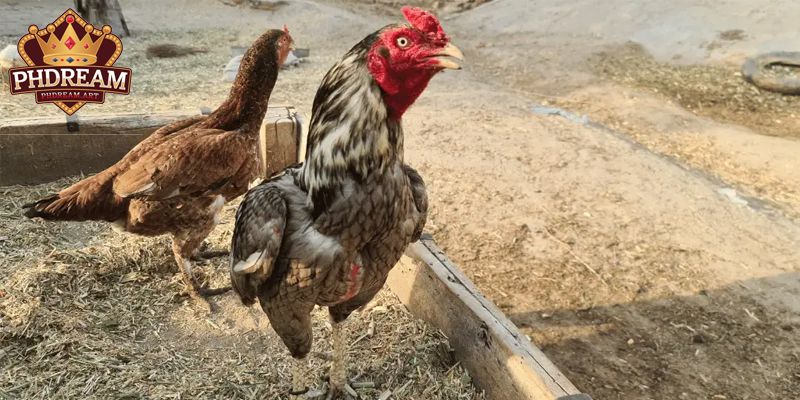
The breed’s popularity extends beyond Japan, with a significant following in European countries, where it is considered one of the top choices for both competitive fighting and ornamental purposes. Its combination of beauty, power, and tradition has solidified its place as one of the most sought-after breeds in the world.
Shamo chicken price
The price of Shamo chickens can really vary quite a bit, depending on things like their age, overall quality, and whether you’re looking for a bird for breeding or just for consumption.
Here in the Philippines, for instance, you can expect to pay anywhere from PHP 450 to PHP 800 for day-old Shamo chicks. If you’re looking for something a bit more mature and carefully selected, ungendered chicks might go for around PHP 1,600 or even more. For pullets and cockerels, prices generally start from PHP 2,000 and can go up to PHP 4,000, with breeder birds sometimes reaching that PHP 4,000 mark.
In other places, like India, the price range is even wider. You might find one-month-old Shamo chicks for about INR 700, but premium Shamo or King Shamo varieties listed on platforms like IndiaMART can fetch as much as INR 15,000.
Origin of the Shamo Chicken
The Shamo chicken has a special connection to the Asil chicken, which originates from India and has been passed down through many generations. However, the breed traveled through Thailand and Taiwan before reaching Japan. In Japan, it is believed that Emperor Zhu Yuanzhang brought this chicken from China during the Ming Dynasty.
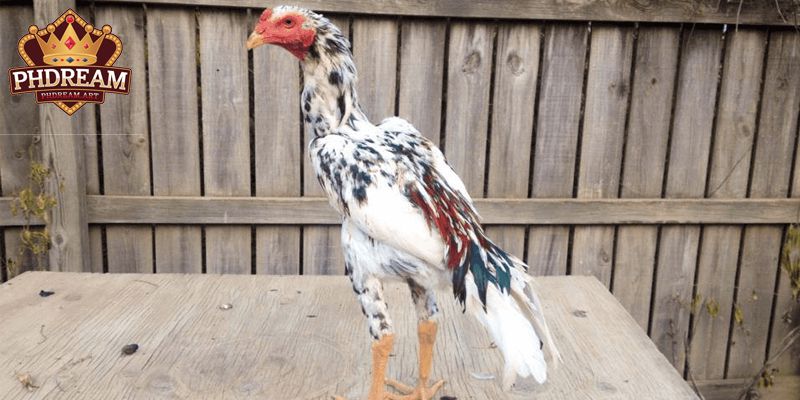
As a result, the Japanese bred the Shamo chicken for various purposes, ranging from cockfighting, ornamental purposes, to long-term poultry farming. Over time, this led to many different variants of the breed, with sizes ranging from small to large, enriching the Shamo chicken lineage.
Features and Identification of the Shamo Chicken
At PHDREAM, the Shamo chicken is celebrated by gamecock enthusiasts as one of the most powerful and resilient breeds in the fighting arena. Known for its muscular build, fierce temperament, and unwavering determination, the Shamo stands out not only for its physical strength but also for its strategic fighting style.
Outstanding Advantages of Shamo Chickens
One of the strongest advantages of the Shamo chicken is its fierce fighting ability in intense battles. Additionally, it possesses exceptional endurance, allowing it to fight relentlessly until the very end.
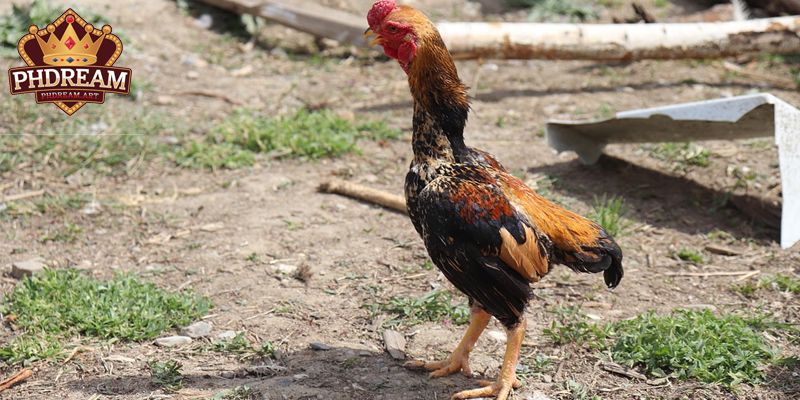
With its naturally aggressive and combative demeanor, Shamo chickens will fiercely compete for territory. However, when faced with humans, they remain calm, friendly, and unafraid, often exhibiting a peaceful disposition. This is why they are commonly kept as ornamental pets by many people.
Identification Features of Shamo Chickens
The Shamo chicken is known for its striking and formidable appearance, exuding both grace and power. This breed is easily recognizable due to its tall, muscular frame and upright posture, which gives it an air of dominance. Its long legs, broad chest, and strong wings contribute to its impressive stature, while its sharp, intense gaze adds to its fierce persona. The Shamo’s compact and robust body, coupled with its distinctive, upright stance, make it stand out among other breeds, embodying the essence of strength and resilience.
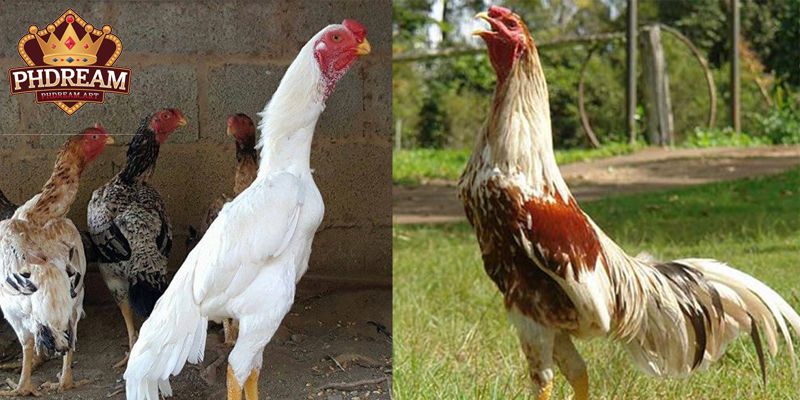
- In terms of weight, Shamo chickens typically weigh around 4-5 kg, but they can be heavier.
- Additionally, the height of these chickens can reach up to 0.7 meters, with muscular, well-built bodies, a large size due to the dominant genes inherited from the Asil chicken.
- The features of this breed are very distinct: short beaks, slightly curved necks, long white owl-like eyes, and prominent eyebrows.
- As for posture, Shamo chickens stand upright, with short tails that help maintain balance
- Moreover, their wings are usually close to the body, and their shoulders slightly protrude compared to normal chicken breeds, giving them a very imposing and dignified appearance.
- Another identifying feature is that their chest and thighs are featherless, and their legs are typically green or yellow. Additionally, this breed enjoys freedom and dislikes being confined in cages.
Exploring the Famous Shamo Chicken Breed
The Japanese have long been renowned for their exceptional skill in breeding chickens, a tradition that has resulted in the development of numerous specialized breeds, each tailored to meet specific needs. Their expertise in selective breeding has allowed them to create chickens with distinct traits, whether for meat production, egg-laying, or competitive cockfighting
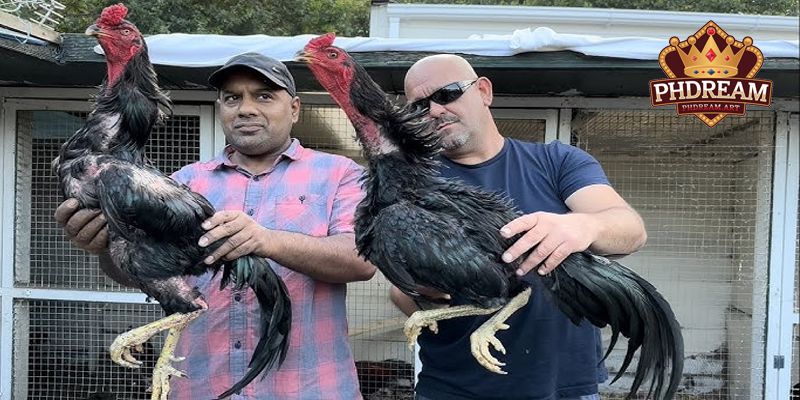
O-Shamo Chicken Breed
This breed of chicken is easily recognized for its exceptionally large size compared to other Shamo breeds. This means their weight is also very heavy, with an average rooster weighing around 5.5 kg, and hens weighing slightly lighter at about 5 kg.
Chu-Shamo Chicken Breed
This remarkable breed traces its origins back to the Ming Dynasty and was introduced to Japan by Emperor Chu Yuan Zhang, who played a key role in its development. As a result, it is known as Chu-Shamo, a name that honors the historical connection between China and Japan. Chu-Shamo chickens are known for their impressive size, with roosters typically reaching a weight of around 4 kg and hens weighing approximately 3 kg. Their robust build and substantial weight contribute to their dominance in various settings, whether for fighting or as ornamental birds. The breed’s distinct heritage and size make it a standout in the world of poultry.
Nankin-Shamo Chicken Breed
The Nankin-Shamo is a distinctive breed, notable for its compact, dwarf-like stature. Unlike other Shamo varieties, the Nankin-Shamo is significantly smaller in both height and weight, giving it a unique appearance. This breed typically stands lower to the ground, with a more petite frame that sets it apart from the larger, more imposing Shamo breeds.
Despite its smaller size, the Nankin-Shamo still retains the strength and resilience that the Shamo lineage is known for, making it both an interesting and valuable breed for various purposes, from ornamental displays to competitive events. Its diminutive yet strong presence continues to attract enthusiasts who appreciate its unique qualities.
Ko-Shamo (Little Warrior Chicken)
This breed, named “Ko-Shamo,” is known for its small size. Although the rooster is fully grown, it typically weighs no more than 1.5 kg. Despite its small size, it is highly competitive in battles, and it is often used in cockfights with steel spurs.
Things to Keep in Mind When Raising Shamo Chickens
After learning about the advantages and how to recognize this breed, if you want to raise them safely and help them develop to their full potential, you need to pay attention to several important factors:
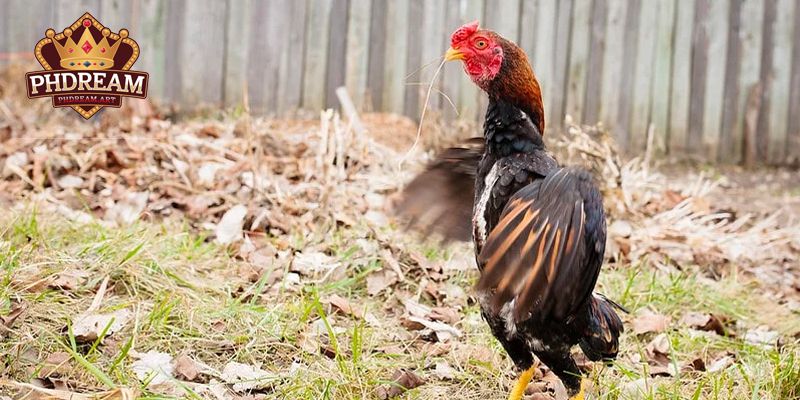
For the chicken coop, it should be cleaned regularly to ensure it is hygienic and well-ventilated. The feeding troughs must also be kept clean and safe.
Additionally, during the raising process, it is crucial to prevent other birds or animals from entering the area where the Shamo chickens live. Due to their highly aggressive nature, they may not remain calm if disturbed.
To ensure they grow strong and healthy, it is important to maintain a proper lighting regime, as it will significantly improve their reproduction process.
Another important aspect to monitor while raising Shamo chickens is if you notice any of them becoming overly aggressive or uncontrollable. In such cases, you should conduct a health check and isolate them from the rest of the flock to prevent the spread of illness.
Thus, with the information shared in the above article by PHDREAM, it has helped all of you understand more about the Shamo chicken breed. Hopefully, with this knowledge, you have gained valuable insights and found the perfect chicken for yourself.

